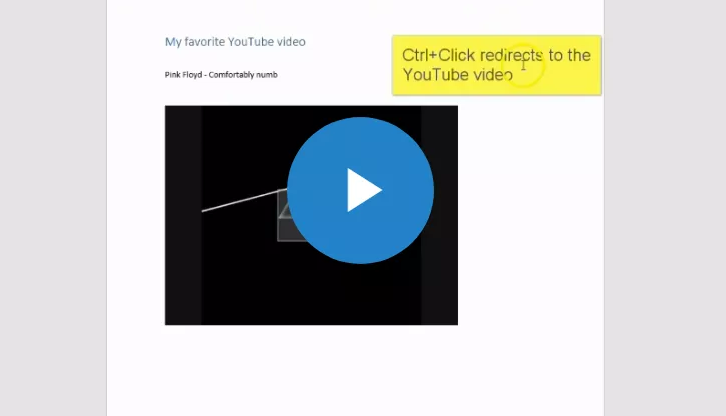Since the beginning of this year, hackers stolen 3.8 million dollars from Russians using web phishing. This is 6% more than last year.
Experts believe that web phishing is the easiest and most effective way to steal money, as people are increasingly using Bank cards. Scammers create fake websites that imitate the brands of Russian Banks and rob citizens.
According to experts of the company Group-IB, by early autumn, the number of such hacker groups reached 26. Every day, hackers stole an average of 15 thousand dollars.
According to the Director of Inpas Alexey Lavruhin, the reasons for the growth of thefts are: the increase in the number of Bank cards and purchases over the Internet. Many unsuspecting users enter their logins and passwords from personal accounts on « fake » websites, give CVV and PIN codes to scammers.
The Group-IB noted that due to the exchange of Bank’s messages with the FinCERT of the Central Bank, the growth of this type of fraud is not so active. This system allows you very quickly to detect phishing sites and block them. So, for this year it managed to close 1668 fraudulent sites. The number of blocked websites of « Banks » has increased almost 8 times.
Recall that FinCERT is a center for monitoring and responding to computer attacks in the credit and financial sector, which is a structural unit of the Bank of Russia, existing since 2015.
To read the original article:
http://www.ehackingnews.com/2018/10/cybercriminals-stole-28-million-dollars.html
